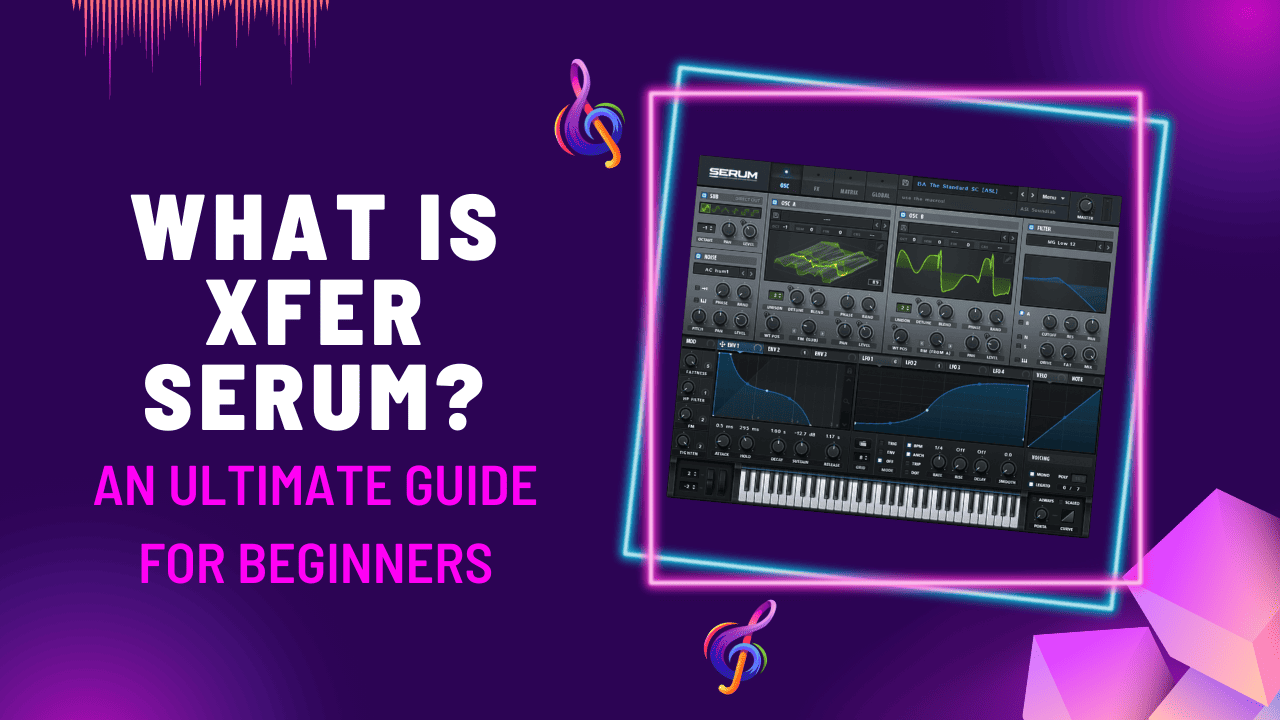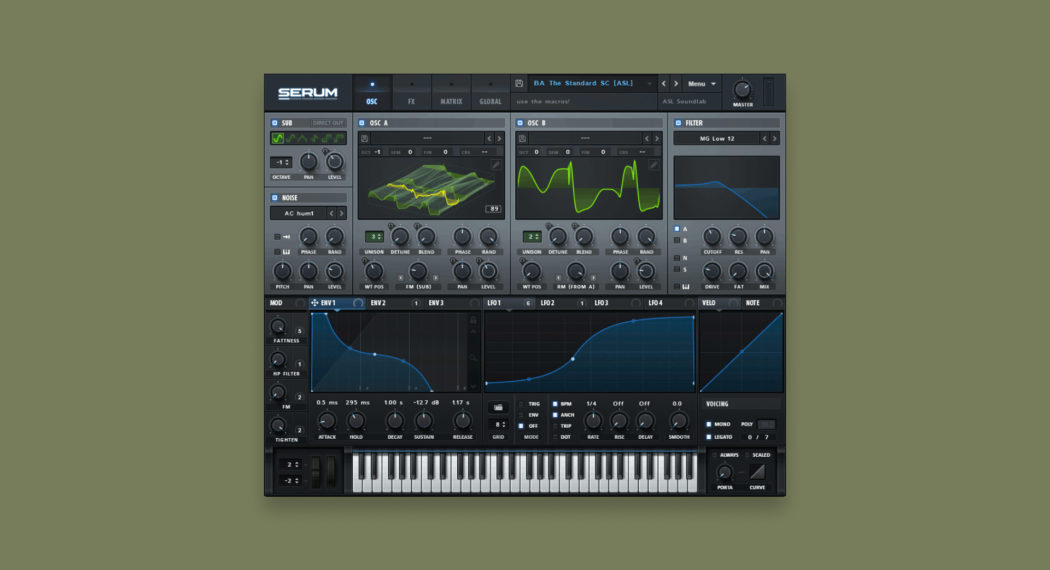If you’re new to the world of music production, you may have heard of software called Xfer Serum. It has become one of the most popular synthesizers, and it’s no wonder why; its endless capabilities are endless! This guide will teach you everything you need to know about Serum so that you can start making amazing music today. Let’s get started!
What Is Xfer Serum?
Xfer Records developed Xfer Serum which is a wavetable software synthesizer plugin. It was released in 2014 and has become one of the most popular virtual instruments producers use today. The Serum is capable of creating a wide variety of sounds, from complex basses to soaring leads. It also has a built-in effects section that allows you to shape your sound further.
Why Is Xfer Serum so Popular?
There are many reasons why Serum has become so popular among producers. One reason is its extensive modulation options. Modulation is the process of changing the sound of a signal over time. For example, you could use modulation to create a vibrato effect on a note. Serum provides users with numerous modulation sources and destinations, giving you complete control over your sound.
Another reason why Serum is so popular is its ease of use. The user interface is very intuitive and easy to navigate. Even if you’ve never used a synthesizer before, you’ll be able to figure out how to use Serum easily.
Lastly, Serum is relatively affordable when compared to other software synthesizers on the market. It offers a lot of bang for your buck and is definitely worth purchasing if you’re serious about music production.
Basics Of Xfer Seru
Now that we’ve answered the question, “what is Xfer Serum?” it’s time to dive into the basics of this amazing software. Here are some things you need to know in order to get started with Serum.
Wavetables
The first thing you need to understand is wavetables. Wavetables are the building blocks of sound in Serum. They are digital audio files that can be played back at different pitches to create different sounds. The Serum comes with over 450 built-in wavetables, and you can also import your own.
Oscillators
The next thing you need to know about is oscillators. Oscillators are what generate the sound in a synthesizer. The Serum has four main oscillators (oscillator A, oscillator B, the sub-oscillator, and the noise oscillator), each of which can generate its own wavetable. You can then mix and match these oscillators to create unique sounds.
Filter And Effects
In order to shape the sound even further, Serum also has a built-in filter section. This allows you to add resonance and cutoff to the sound. A dedicated effects section also includes delay, reverb, chorus, and more. Furthermore, each of these sections has its own set of modulation options, giving you even more control over your sound.
LFOs, Modulation, And Envelopes
As we mentioned earlier, modulation is a key feature of the Serum. The Serum has three main modulation sources: LFOs, envelopes, and the step sequencer.
LFOs (low-frequency oscillators) are used to modulate the sound over time. For example, you could use an LFO to create a vibrato effect.
Envelopes are used to modulate the sound in response to an input. For example, you could use an envelope to control the volume of a note.
The step sequencer is used to create rhythmic modulation patterns.
The Serum also has numerous modulation destinations, which allows you to modulate just about any parameter in the synth. This includes things like pitch, cutoff, and resonance.
Wavetable Warping
The unique wavetable warping feature in Serum allows you to change the waveform of a wavetable. This can be done in real-time, opening up a new world of sound design possibilities.
Conclusion:
Xfer Serum is an incredibly powerful software synthesizer that gives you complete control over your sound. It’s easy to use and relatively affordable, making it a great choice for both beginner and experienced producers alike. If you’re looking for a new synth to add to your arsenal, Serum is definitely worth checking out.


